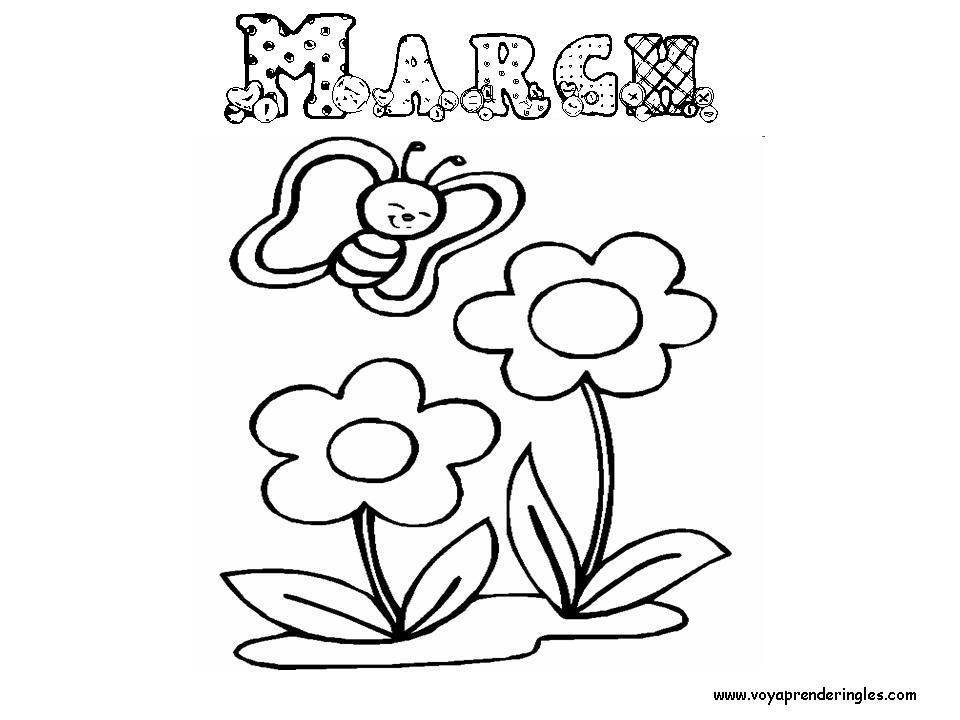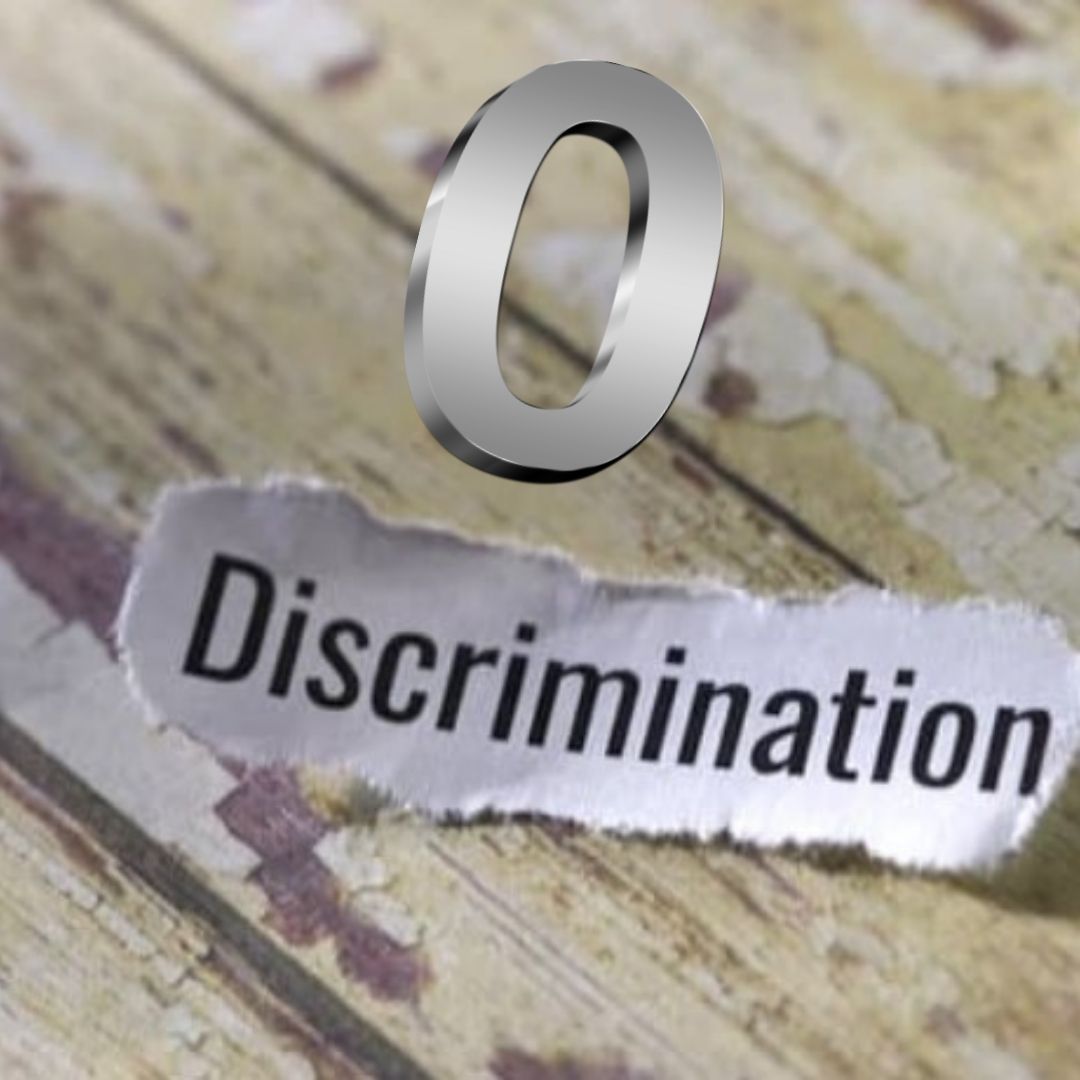
Every 3rd March is International Hearing Day. This day is all about hearing loss and focuses on its causes, consequences, prevention and harmful noise levels. Here are some clarifications and explanations.
What is International Hearing Day?
International Hearing Day puts the spotlight on hearing loss. This issue needs to be addressed in order to better prevent damage and combat its effects. Hearing is the most important sense for all communication. It enables, for example, participation in general conversations and daily activities. Hearing loss or deterioration therefore has an impact on everyday life. On International Hearing Day, a large number of organisations concerned with the subject are devoting even more time to hearing loss and hearing protection worldwide.
The causes of hearing loss
People experience hearing problems at three points in their lives: when they are born, when they are exposed to loud noises and when they grow old. About 10% of the Belgian population suffers from tinnitus, a permanent ringing in the ear. This problem frequently occurs in young people, usually when they are exposed to noises that exceed 80 decibels, for example when listening to music with headphones or at parties or festivals.
But it is not only young people who are affected. The passing of a high-speed train, the taking off of an aeroplane or the hustle and bustle of a classroom can also cause hearing damage. However, the most common hearing problems are related to old age. People are often unaware that they have hearing problems, or have been living with them for too long. On average, people with hearing loss wait 7 years before seeking help, which is very harmful to hearing. This is why it is very important to have your ears checked regularly, especially from the age of 50 onwards... From this age onwards, you should have your hearing tested every year.
World Hearing Day is a reminder of the following:
- Good hearing and communication are important at all stages of life.
- Hearing loss (and associated ear diseases) can be prevented through preventive measures such as protection from loud sounds, good ear care practices and immunisation.
- Hearing loss (and associated ear diseases) can be treated when detected at the right time and appropriate care is obtained.
- People who are at risk of hearing loss should have their hearing checked regularly.
- People with hearing loss (or related ear diseases) should seek the care of a health care professional.
In 2022, the campaign slogan is "For a lifetime of hearing, listen carefully! The aim is to educate about the importance of taking care of your hearing and not exposing it to loud noise, which is one of the causes of hearing loss. Related hashtags to post on social media are: #safelistening #worldhearingday #hearingcare.





